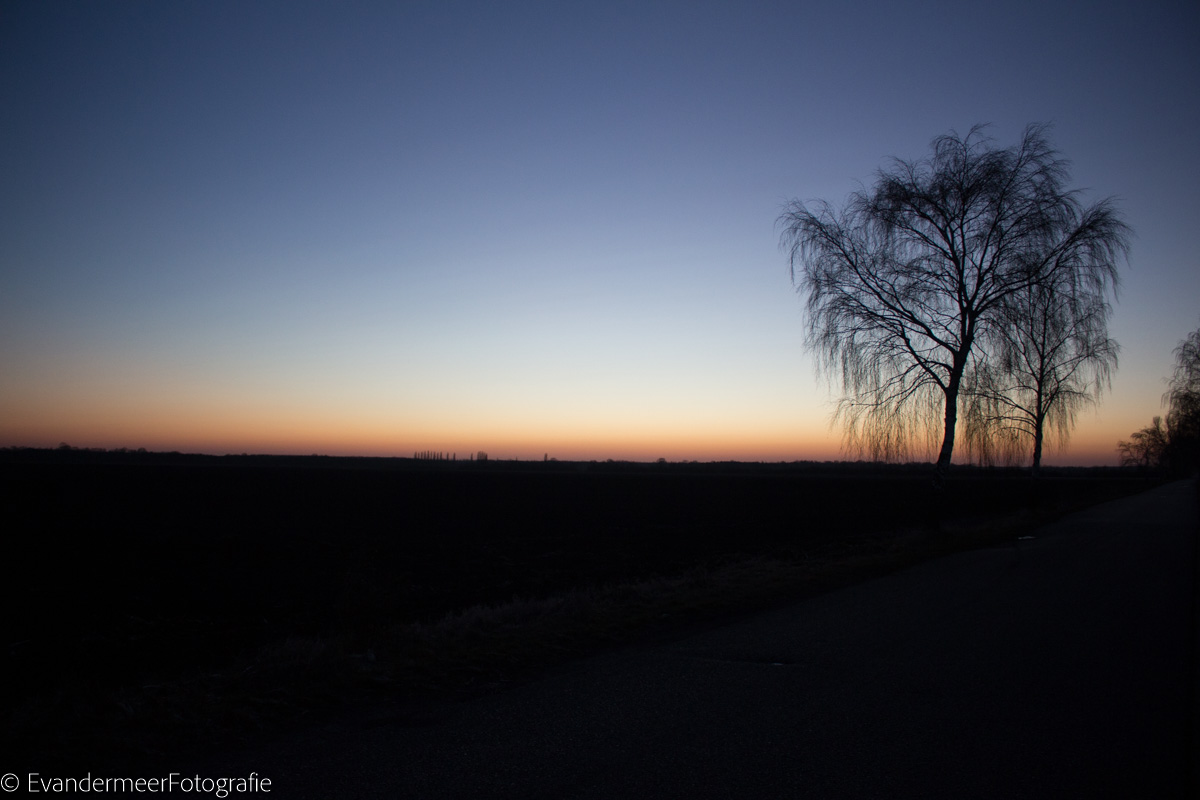2017
Hen harrier, Circus cyaneus
Pheasant hunting On November 28th, I observed a hen harrier female hunting for pheasants in the Fertö-Hansag National Park. This spectacle lasted around 10 minutes. Again and again she flew over this area and scared the pheasants, but without success. The pheasants got away with (palpitations). Never before have I seen hen harriers in this area attacking such large prey. Smaller songbirds, young hares or rabbits, and mice are commonplace.
Male appearance
In adult males, the head and neck, the upper side of the trunk, the upper wing-coverts, the upper side of the arm wings and the inner hand wings as well as the upper side of the tail are monochrome blue-gray, the rump is white. The middle and outer wings of the hand are sharply defined above and below, monochrome black. The entire remaining underside is monochrome white except for the dark gray end band of the arm and inner hand wings. The blue-gray neck is sharply set off from the white underside.
Adult males from Europe weigh 300-400 g, which is less than a wood pigeon. They have a wing length of 330-362 mm, on average 340.5 mm. The significantly larger and heavier females reach a weight of 370-708 g and a wing length of 338-402 mm, on average 373 mm.
The hen harrier Circus cyaneus is a bird of prey from the hawk family (Accipitridae).
Female appearance
Adult females are monochrome medium brown on the top of the head, back neck, back and upper wing coverts, the small arm coverts are slightly lightened in the middle of the wing. The wings are banded blackish on top on a gray-brownish background and also show a blackish tip. The rump is clearly contrasting white. The control feathers are banded in black on a light brown background and show a wide black end band. The bottom is lighter overall. The neck, trunk and the under wing-coverts are dotted with strong brown dots on a yellowish white background, the dots become weaker towards the lower abdomen.
The undersides of the wings and control springs are broadly banded from dark brown to black on a light gray background and show a wide, dark end band. The head shows a narrow, dark stripe of eyes that is rather indistinct and narrowly framed in white above and below the eye. A face veil is pronounced and clearly narrowly whitishly delimited towards the neck. Like the rest of the top, the wide cheek band is medium brown and hardly contrasts in color.
The distribution area extends over large parts of the northern Palearctic. The species inhabits large areas of open, moderately moist to dry habitats such as the open taiga, moors, heaths, silting areas and steppes, regionally also young coniferous wood afforestations and areas used for agriculture
.These pictures of hen harriers were taken in the Fertö-Hanság National Park and observed by me in autumn 2017. What they hunted was not clear because they were unsuccessful. However, the hunt lasted almost 5 minutes each time.
